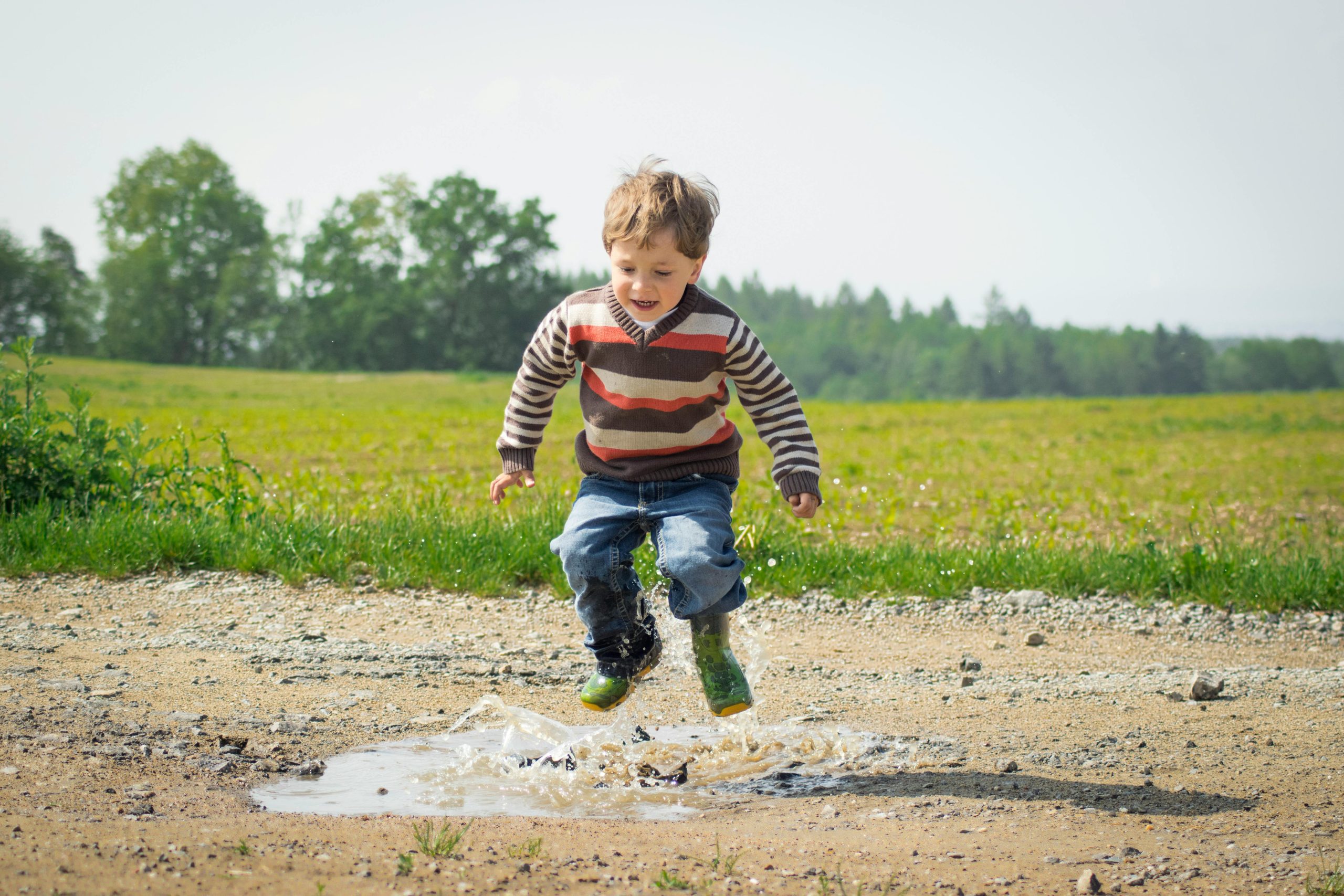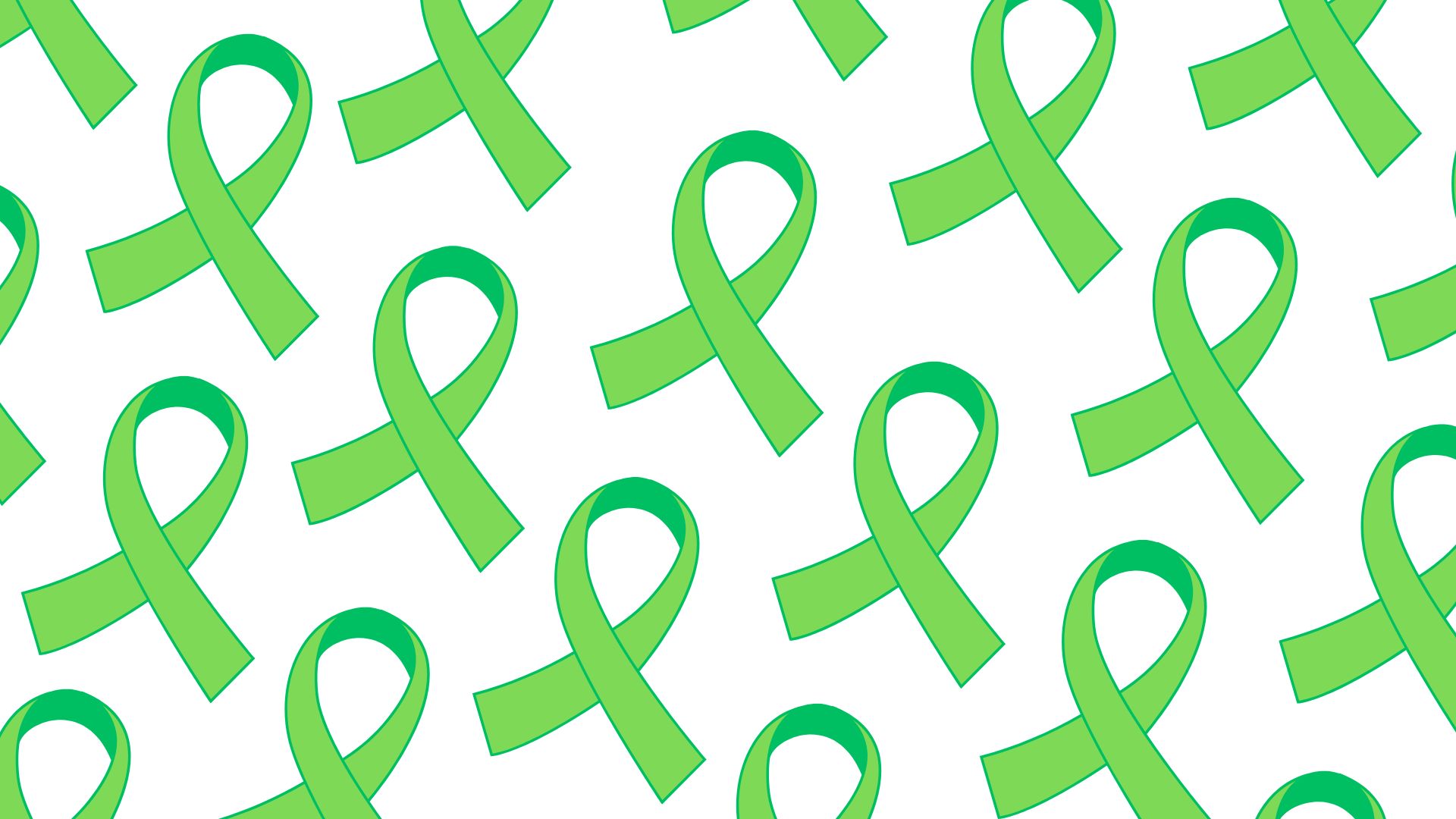Navigating the Social Media Maze: How It Shapes Adolescent Lives
by Brianna Walker, MS | July 2023
Welcome to the era of smartphones and social media, where every like, comment, and share holds a significant place in the lives of children and adolescents. In this tech-savvy world, it’s essential to explore how social media impacts the development of our youth. From building relationships to affecting moods, social media can have both positive and negative effects. As parents, caregivers, and youth development professionals, we recognize these impacts and find ways to harness the benefits while minimizing the drawbacks, especially as our youth become increasingly immersed in the digital realm.
Unraveling the Mystery: Theories in Action
Let’s dive into a few key theories that help us understand how social media shapes adolescent development. One such theory is Vygotsky’s sociocultural theory, which emphasizes the cultural context in which young individuals grow. We must consider how social media platforms as they become deeply ingrained in our culture the learning and socialization of adolescents . According to Vygotsky, young people acquire knowledge and skills through interactions with other. Social media, therefore, offers unique opportunities for learning and growth but also poses challenges that require guidance from trusted adults.
Two other theories relevant to adolescents are the uses and gratification theory and the affordances framework. These theories suggest that individuals use social media to fulfill various needs, like expressing their identity, seeking independence, and establishing social connections. Moreover, the “super peer” theory reveals how social media acts as a powerful influencer, akin to a virtual peer group that pressures adolescents and shapes their choices and behaviors.
Cracking the Code: Insights from Research
To gain deeper insights into the impact of social media on adolescent development, let’s explore three empirical studies conducted in recent years. These studies shed light on the relationship between social media use, social connection, mood, and overall well-being among adolescents. By examining these findings, we can understand how social media affects young minds and hearts, both positively and negatively. Remember, it’s not just about using social media – it’s about how that makes a difference.
- Vannucci and Ohannessian (2019) delved into the impact of social media use on adolescent well-being over time. They identified three groups of adolescents based on their social media habits. The study found that those with high overall social media use experienced more challenges in their emotional well-being. Interestingly, the group that extensively used platforms like Instagram and Snapchat that encourage direct user messaging had better social connection but also faced external problems. On the other hand, those with low overall social media use struggled to form and maintain close friendships.
- Houghton et al. (2018) explored the link between depressive symptoms and social media usage patterns. Although the study couldn’t establish a definitive cause-and-effect relationship, it found associations indicating that increased passive screen use over time correlated with a rise in depressive symptoms.
- Radovic et al. (2017) conducted a qualitative study to understand how social media influences adolescents’ experiences and emotions. Their findings revealed both positive and negative aspects of social media interactions. Adolescents sought social support and popularity through these platforms but also faced cyberbullying and self-esteem issues. The study emphasized the importance of supporting adolescents in social media usage by promoting positive coping mechanisms and safe online behaviors. Encouraging connections with known individuals and fostering reflective practices can help manage mood effectively.
Guiding the Way: Insights for Youth Development Professionals
Based on these research findings, we – the trusted adults in the lives of adolescents – play a crucial role in supporting them as they navigate the world of social media. By recognizing usage patterns and identifying signs of positive and negative outcomes, we can provide guidance and support to help adolescents reap the benefits of social media while minimizing its drawbacks.
Let’s work together to promote safe and responsible online behaviors, foster healthy social connections, and equip adolescents with positive coping strategies for online and offline situations. By leveraging the potential of social media to enhance youth development and positive connections, we can ensure that our young generation learns to navigate these platforms in a positive and meaningful way.
In conclusion, social media has become an inseparable part of adolescent lives, and its impact on development is undeniable. By understanding the positive and negative effects of social media and technology, we can step up as adults to provide the necessary support and guidance that adolescents need to thrive in the digital age. So, let’s embrace the challenge, unravel the mysteries of social media, and help our young minds find their way through this ever-evolving digital maze.
By Brianna Walker, MS
Vannucci, A., & Ohannessian, C. M. (2019). Social media use subgroups differentially predict psychosocial well-being during early adolescence. Journal of Youth and Adolescence, 48, 1469-1493. https://doi.org/10.1007/s10964-019-01060-9
Radovic, A., Gmelin, T., Stein, B.D., & Miller, E. (2017). Depressed adolescents’ positive and negative use of social media. J Adolesc., 55, 5-15. doi:10.1016/j.adolescence.2016.12.002.
Houghton, S., Lawrence, D., Hunter, S.C., Rosenberg, M., Zadow, C., Wood, L., & Shilton, T. (2018). Reciprocal relationships between trajectories of depressive symptoms and screen media use during adolescence. Journal of Youth and Adolescence, 47, 2453-2467. https://doi.org/10.1007/s10964-018-0901-y
Walker, B. (2020). Positive development for adolescents regarding social media and technology. https://drive.google.com/file/d/12EA8_QPAyECB1CDsvuLQhkOpo915IqVI/view












